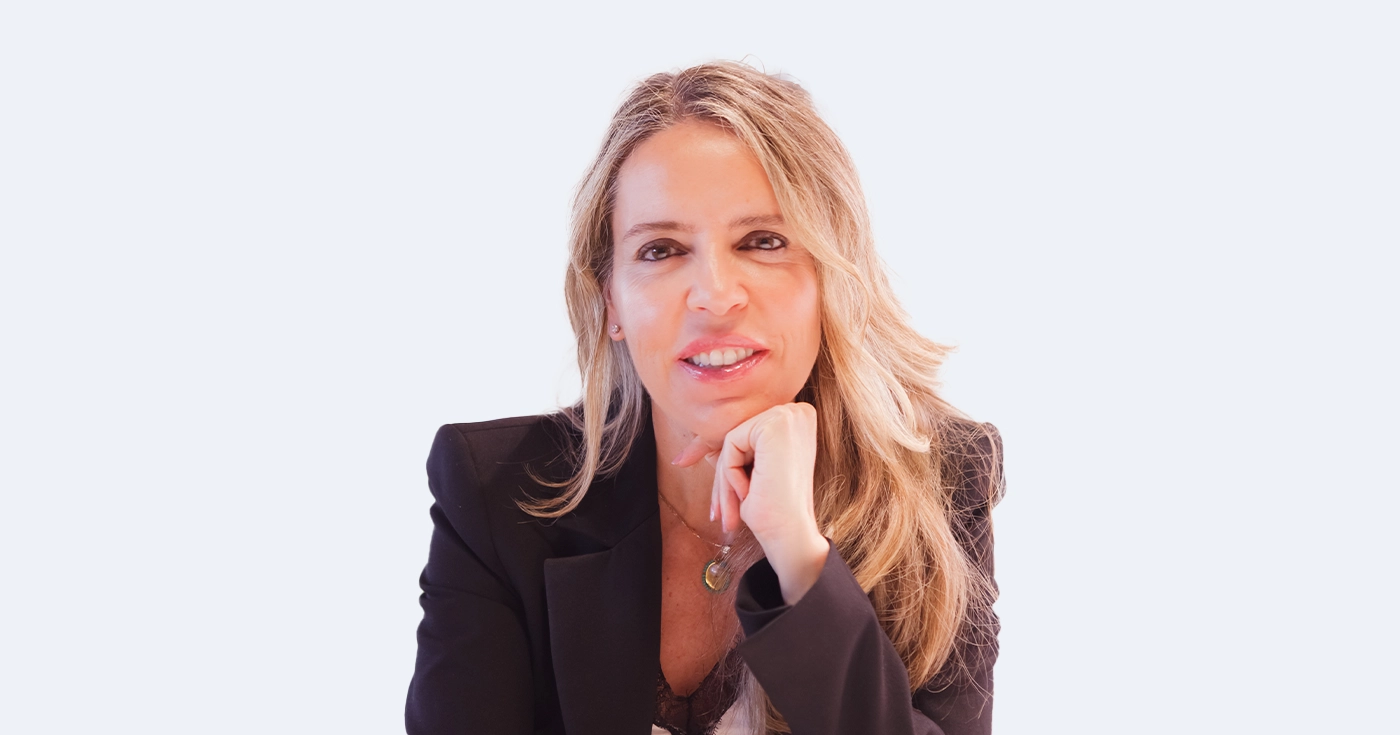
“Renting can be as valuable an option as buying”
Last Updated on 30 October 2025 by Equipo Urbanitae
In this interview, Testa Homes analyzes how housing is evolving from being just an asset to becoming a service that provides well-being and community. With nearly 14,000 homes managed under a multifamily model that is gaining ground in Spain, the company has been a pioneer in proving that renting can be synonymous with quality, stability, and belonging. Its COO, Noelia Rosón, explains how professionalism, technology, and a commitment to tenant well-being are redefining the way people live in rental housing in Spain.
Since you joined Testa Homes in 2020, how has the company changed, and what would you say has been the biggest lesson learned in these five years?
The company has undergone a profound transformation. When I arrived in 2020, we were building the foundations of what Testa Homes is today: a company with fully integrated professional management, solid processes, and a very clear service-oriented vision.
Over these years, we have moved from focusing on the building itself to building a corporate culture centered on the customer.
The biggest lesson has been understanding that professionalizing the rental business goes far beyond the numbers: it requires a true service vocation and a human perspective. We manage homes, not assets—and that changes everything about how you work.
The multifamily model is gaining relevance in Spain. What makes Testa Homes unique in this segment?
Our difference lies in how we manage and in our ability to scale that model with consistency and quality. Testa Homes was founded with a clear commitment to direct management: we are both owners and operators, which allows us to take care of every detail and maintain an integral view of the asset’s entire life cycle.
This structure gives us something essential: closeness, control, and operational consistency. We can ensure standardized processes and personalized attention across all our assets, regardless of location. Today, we manage one of the largest residential portfolios in Spain—nearly 14,000 homes—with a scale that combines institutional efficiency and residential sensitivity.
In addition, we have acted decisively on our portfolio. Through our “Same Neighborhood, New Life” program, we have invested over €300 million to modernize and renovate homes, rehabilitate buildings, and adapt our assets to new market and sustainability demands.
In short, what makes us unique is that we grow without losing focus on people. We scale processes but personalize management.
“Housing is more than an asset: it’s an essential service that must provide well-being, stability, and community.”
Beyond providing housing, you talk about creating communities. How does that translate into practice, and what kind of services or initiatives are you implementing for residents?
Building community is an essential part of our model. It’s not just about offering a well-maintained home, but about creating an environment where people feel comfortable, connected, and supported.
In practice, this means shared spaces that encourage interaction—gyms, coworking areas, green spaces—activities that foster connection among neighbors, and digital management tools that simplify communication and resolve any need quickly and transparently.
We want living in a Testa Homes building to be a modern and human experience: a place where everything works well, but also where you feel you belong to a community. And that can only be achieved through professional, close, and scalable management capable of maintaining the same quality of service across thousands of homes.
Sustainability is part of your strategy. What specific projects are you developing in terms of energy efficiency, and how do they impact both the company and tenants?
Sustainability is integrated into our strategy from two perspectives: as a commitment and as an opportunity. We are promoting energy rehabilitation projects in existing buildings, installing renewable energy systems—such as solar panels and aerothermal technology—and implementing digital consumption monitoring, which allows us to anticipate issues and improve efficiency.
The impact is twofold: we reduce our environmental footprint and generate savings and comfort for our tenants. We believe sustainability only makes sense if it improves people’s lives, not just corporate metrics.
In a country traditionally oriented toward home ownership, what obstacles exist for renting to be perceived as an attractive and high-quality option?
The main challenge remains cultural. In Spain, ownership has historically been associated with stability and security, while renting was perceived as a temporary solution.
That is changing thanks to multifamily housing, which demonstrates that it’s possible to rent with quality, confidence, and professional services.
Even so, we still need a stable and predictable regulatory framework that provides security for all stakeholders. Institutional renting requires clear and lasting rules in order to continue growing and offering affordable, high-quality housing.
“In the coming years, we will see much smarter buildings—able to learn from their own consumption patterns.”
What role do you think long-term rental should play as a real alternative for residents?
It should play a central role. Long-term renting offers stability without rigidity—a combination highly valued by those seeking flexibility without giving up quality of life or a sense of belonging.
At Testa Homes, we work to ensure that renting is seen as an aspirational choice, not a temporary alternative. We want our residents to choose to stay because they feel good, because they live in modern, safe, and sustainable communities aligned with the highest market standards.
What trends do you think will shape the development of multifamily housing in Spain in the coming years?
We’re in a period of consolidation, and I see three major trends.
The first is expansion into secondary cities, where rental demand is growing and there’s room to develop profitable and sustainable projects. The second is product diversification, with a greater presence of coliving and senior living integrated into the multifamily ecosystem. And the third is the complete digitalization of the asset’s life cycle—from technical management to the resident experience. Technology will be key to optimizing, personalizing, and scaling without losing quality.
Sustainability and digitalization are two of the main drivers of change. Which do you think will have the greatest impact on how we live and manage housing in the next decade?
I think they go hand in hand. Sustainability needs data and technology to be measurable, and digitalization enables us to manage more efficiently, transparently, and responsibly.
In the coming years, we’ll see much smarter buildings—able to learn from their own consumption patterns and adapt to residents’ habits. The impact will be huge: we’ll not only change how we manage housing, but how we inhabit it. We’ll live in more connected, comfortable, and conscious environments.
As an executive with over 20 years of experience in real estate, what motivates you today in your role at Testa Homes, and what legacy would you like to leave in the sector?
I’m motivated by purpose: to show that renting can be as valuable, modern, and sustainable an option as buying—and that the sector can be managed with the same standards of excellence as any other service industry.
After two decades in real estate, I’m still passionate about working on projects that generate a positive impact—for both investors and people.
If I think about legacy, I’d like to leave behind the conviction that housing is more than an asset: it’s an essential service that must provide well-being, stability, and community.

